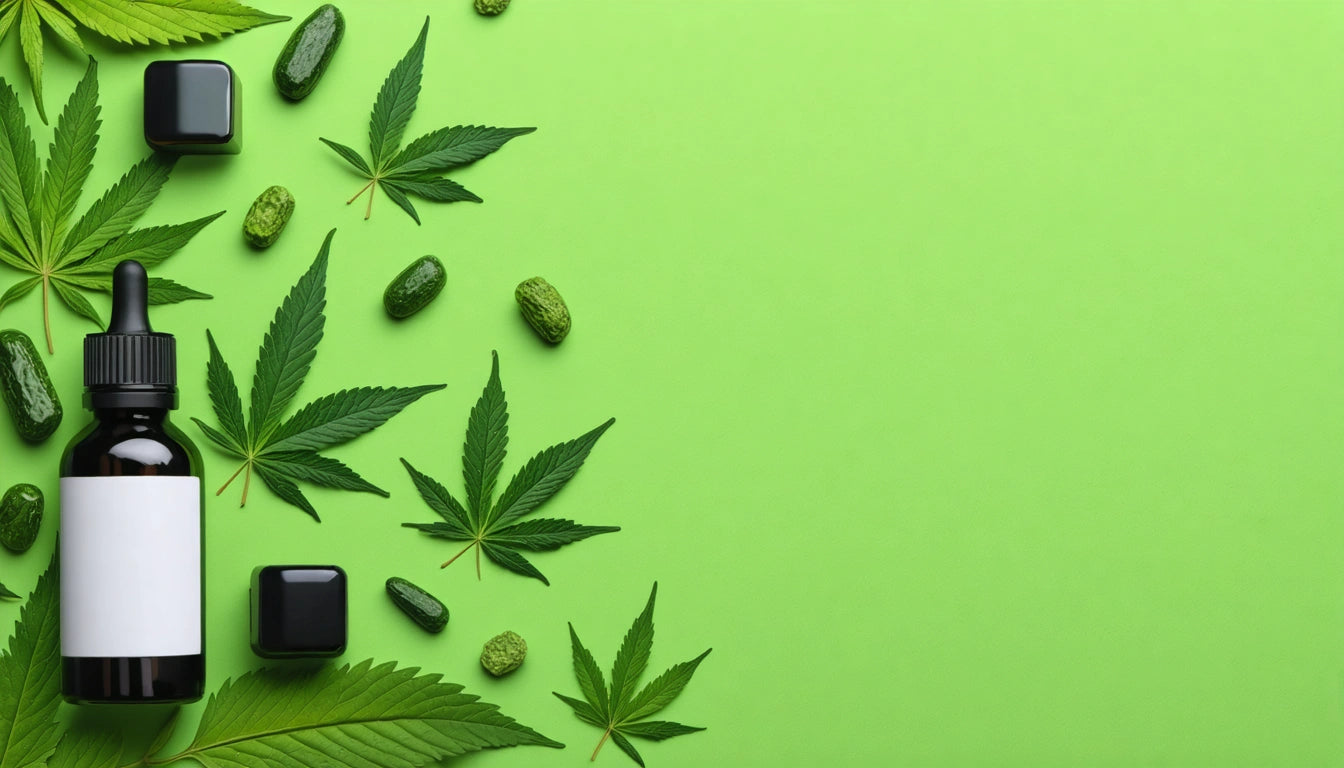Table of Contents
- Smart Packaging Evolution in Cannabis
- QR Codes: Building a Digital Bridge to Consumers
- RFID Technology: Enhanced Tracking and Transparency
- NFC and Augmented Reality: Next-Level Customer Engagement
- Temperature and Freshness Indicators
- Implementation Challenges and Solutions
- Smart Packaging Integration Strategies
The cannabis industry is rapidly adopting smart packaging technologies to address unique challenges in compliance, consumer education, and supply chain management. These innovations go beyond traditional packaging functions, transforming containers into interactive tools that enhance product integrity, user experience, and brand differentiation.
Smart Packaging Evolution in Cannabis
Smart packaging incorporates digital technologies, sensors, and interactive elements that extend functionality beyond physical protection. For cannabis products, this evolution addresses critical industry needs including regulatory compliance, consumer safety, and product authentication. The market for these solutions is projected to grow significantly as brands seek competitive advantages and regulatory bodies demand greater transparency.
From vape cartridge packaging to concentrate containers, smart features are being integrated across product categories to enhance security and user engagement.
QR Codes: Building a Digital Bridge to Consumers
QR codes represent the most accessible entry point into smart packaging. When scanned, these codes can:
- Provide batch-specific lab results and certificates of analysis
- Offer detailed product information beyond what fits on a label
- Link to dosage guidelines and consumption recommendations
- Connect consumers with brand stories and educational content
- Enable verification of product authenticity
For brands utilizing high-capacity storage solutions like mylar bags, QR codes offer a way to maintain compliance information while maximizing available label space for branding elements. This balance between regulatory requirements and marketing needs is particularly valuable in states with extensive labeling mandates.
RFID Technology: Enhanced Tracking and Transparency
Radio-frequency identification (RFID) tags enable contactless tracking throughout the supply chain. For cannabis businesses, RFID implementation offers:
Seed-to-sale tracking compliance with minimal human intervention
Inventory management automation and accuracy improvements
Theft prevention and unauthorized access detection
Real-time location data for products in transit or storage
As multi-state operators expand, RFID technology provides consistent tracking across different regulatory environments, streamlining compliance efforts across state lines.
NFC and Augmented Reality: Next-Level Customer Engagement
Near Field Communication (NFC) chips embedded in packaging enable tap-to-interact experiences via smartphone. Unlike QR codes, NFC offers:
- Seamless interaction without opening a scanning app
- Greater data security and tamper-evidence
- The ability to update linked content without changing packaging
- Personalized experiences based on user history
Augmented reality (AR) markers on packaging can trigger immersive experiences showing cultivation processes, strain information, or brand storytelling. These technologies align perfectly with custom branding strategies that differentiate products on crowded dispensary shelves.
Temperature and Freshness Indicators
Cannabis products are sensitive to environmental conditions. Smart packaging with integrated sensors can:
- Monitor temperature exposure throughout distribution
- Indicate humidity levels affecting product freshness
- Alert consumers to potential degradation
- Provide data on optimal storage conditions
These features are particularly valuable for flower packaging and edible products where freshness directly impacts quality and efficacy.
Implementation Challenges and Solutions
While smart packaging offers significant benefits, implementation faces several hurdles:
- Cost considerations, especially for smaller producers
- Technical integration with existing inventory systems
- Consumer education on utilizing interactive features
- Regulatory uncertainty around digital information provision
Solutions include phased implementation starting with QR codes before advancing to more sophisticated technologies. Collaboration with packaging partners experienced in smart solutions can also reduce integration complexity and costs. As highlighted in packaging budget planning, smart features should be evaluated based on their ROI potential rather than just upfront costs.
Smart Packaging Integration Strategies
For cannabis brands looking to implement smart packaging, a strategic approach includes:
- Identifying specific business challenges that smart packaging can address
- Selecting technologies that align with target consumer demographics
- Integrating data collection with marketing and product development
- Balancing innovation with compliance requirements
- Leveraging packaging partners with technical expertise
The future of cannabis packaging lies at the intersection of physical protection, digital engagement, and regulatory compliance. Brands that strategically implement these technologies will not only meet current market demands but position themselves for continued innovation as consumer expectations and regulatory frameworks evolve.
As the industry matures, expect to see greater integration between smart packaging and broader cannabis technology ecosystems, including point-of-sale systems, loyalty programs, and consumer education platforms. This connected approach will transform packaging from a necessary compliance component to a valuable touchpoint in the customer journey.











Leave a comment
All comments are moderated before being published.
This site is protected by hCaptcha and the hCaptcha Privacy Policy and Terms of Service apply.